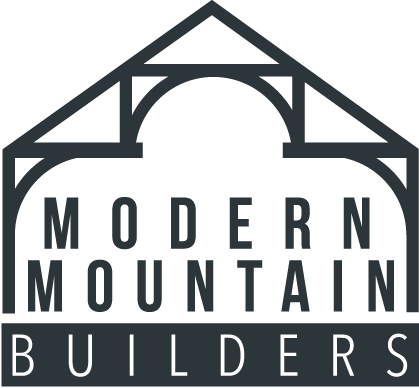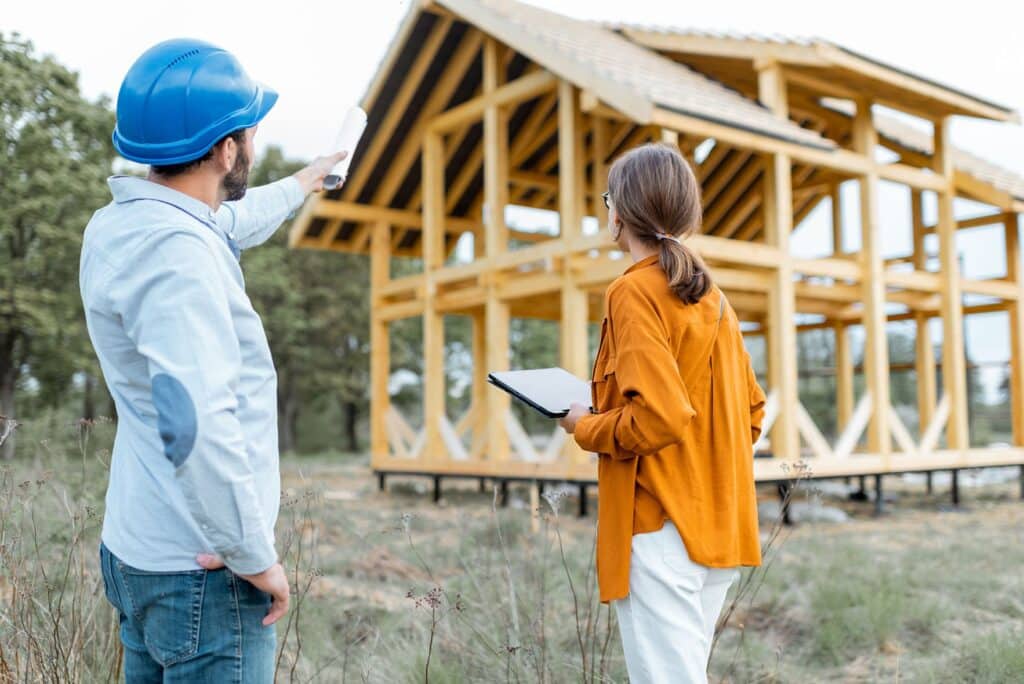After designing your custom home, you can jump straight into the pre-construction phase! You can see and participate in some of the progress during this phase and some that occur behind the scenes. There are a lot of activities to do during this phase, including obtaining HOA approvals, city permits, placing utility orders, solving constructability issues, providing guidance and options, quoting builder risk insurance, establishing a project schedule, refining the budget based on each choice, executing subcontractor agreements, and lining out key trades.
Let’s look at several crucial things your custom builder should accomplish during this construction phase.
Using a Pre-Construction Timeline
A pre-construction timeline should be developed (and delivered to you) by your custom builder. It’s all about builder accountability, to be honest. Your builder should already have procedures to ensure that each step of their projects is successful. If they do, there’s a great chance they already have a timeline with target deadlines for their pre-construction workforce schedule.
What if you’re business doesn’t have internal procedures? In that case, you should establish them to ensure effective organization for your project. A pre-construction timeline will assist you with this.
Of course, every pre-construction timeline is going to be different because of the wide variety of different types of custom homes and building locations. We include almost 60 line items on our Pre-Construction Checklist for each of our projects.
These deadlines are closely followed:
- A structure’s structural engineering (and, if required by the HOA/city, it’s civil engineering) must be completed.
- Building a comprehensive construction budget
- HOAs and cities require various surveys, drainage plans, and MEP plans to be completed.
- Submission to HOA for approval, along with the expected approval date
- Building permit submission to the city (and expected permit date).
- A Comprehensive Schedule is created for the homeowners to refer back to during the entire construction process.
- We guide homeowners on the key items
- We create a detailed construction schedule that we follow
- Setup and executive agreements with our subs
- Sub kick-off meetings
- Site prep work (temporary fencing, site grading, tree removal, etc.).
The primary purpose of this stage is for the builder to organize their team and responsibilities to effectively and efficiently get your home to the starting line. However, many of the dates on this pre-construction timeline are TARGET deadlines, not firm deadlines.
Process for Specific Selections
It’s crucial to make as many choices up front during the construction of your home. Be sure that your custom builder gives you a full list of choices before they start the job. This will help you and your interior designer move forward smoothly and help reduce the intimidation of choosing.
An internal procedure for collecting preferences and obtaining materials in advance helps guarantee that construction stays on track. Your custom builder must have one in place. We often hear about interior designers taking on too much of the choices process. The builder provides the plans at the outset, after which they ask for specific selections from the homeowner and designer as required. This process is excessively hectic, frantic, and frustrating as a result. It is less stressful, frantic, and frustrating if the homeowners and interior designers receive a comprehensive selection schedule during the pre-construction phase. Builder notifications highlighting which selections to focus on next are even better.
The elements that must be chosen BEFORE construction on a house begins to include windows and exterior doors, exterior materials and colors, roofing, appliances, plumbing fixtures, interior beams, fireplace decorations, interior flooring choices, floor plug locations, mechanized shades if desired.
Because the architectural design and plumbing groundwork, electrical plan, and home foundation are established very early in the construction process, these choices need to be made early. For example, the foundation must be built to accommodate flooring materials such as carpet, wood, and tile, and these decisions must be made early. In addition, these choices should be made early, as many of them have extended lead times.
Following a Project Schedule
Before starting work on your home, a custom builder should create a customized construction schedule. Something experienced commercial general contractors routinely develop for large-scale builds. It provides their workforce and their network of subcontractors with a roadmap to follow and hold themselves accountable. If this schedule isn’t tracked, material ordering deadlines may be missed; steps may be completed out of order, sub-stacking and coordinating on-site will become more difficult, and so on. All of these mistakes may cause serious construction delays.
Having a construction schedule reviewed with your custom builder helps you understand how your house will be built and how long the process will take. It also assists you in organizing and holding your contractor accountable.

